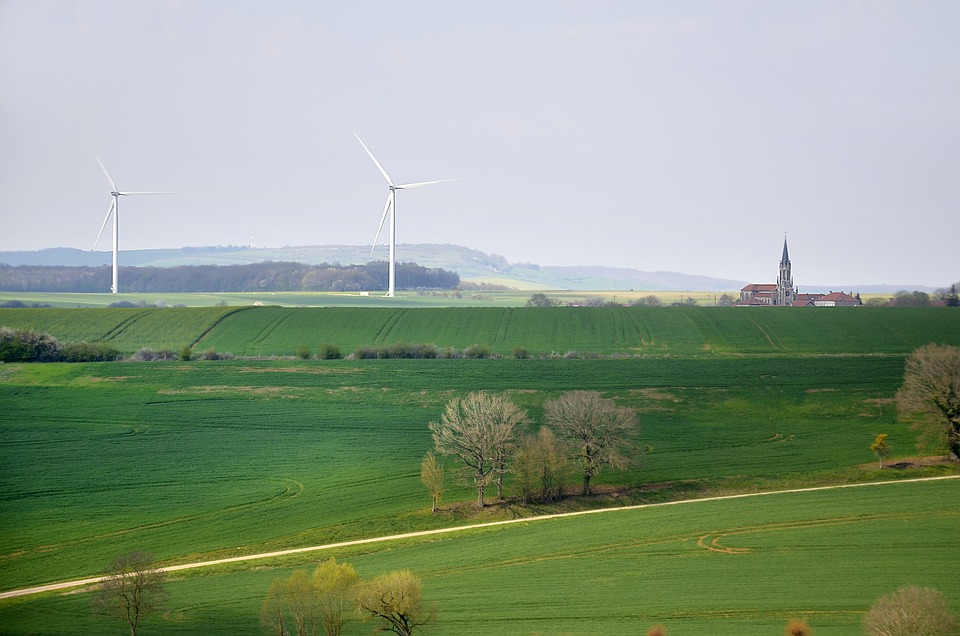Introduction
Sustainable development is a key focus for organizations across the globe as they strive to balance economic growth with environmental protection and social responsibility. In recent years, there have been numerous successful sustainable development projects that have shown the benefits of taking a holistic approach to development. In this article, we will explore some case studies of successful sustainable development projects and the lessons that can be learned from them.
Case Study 1: Bhutan’s Gross National Happiness
Background
Bhutan is a small Himalayan kingdom known for its unique approach to measuring progress and development. Instead of using Gross Domestic Product (GDP) as a measure of success, Bhutan has developed a Gross National Happiness (GNH) index that takes into account factors such as psychological well-being, health, education, and environmental conservation.
Success Factors
Bhutan’s focus on GNH has led to policies that prioritize environmental protection and sustainability. For example, the country has committed to maintaining at least 60% forest cover at all times and has banned plastic bags and smoking in public areas. These policies have helped preserve Bhutan’s natural beauty and resources for future generations.
Lessons Learned
The Bhutan case study highlights the importance of shifting priorities from purely economic growth to a more holistic approach that considers the well-being of citizens and the environment. By focusing on factors beyond GDP, countries can create sustainable development projects that benefit not only the economy but also society and the environment.
Case Study 2: The Eden Project, UK
Background
The Eden Project in Cornwall, UK, is a world-renowned eco-tourism attraction that showcases the importance of sustainability and environmental conservation. The project consists of two large biomes that house diverse plants from around the world, as well as outdoor gardens and exhibits.
Success Factors
The Eden Project has been successful in educating the public about environmental issues and promoting sustainable living practices. The project also serves as a model for sustainable development, using renewable energy sources and practicing water conservation techniques.
Lessons Learned
The Eden Project demonstrates the power of education and advocacy in promoting sustainable development. By engaging with the public and raising awareness about environmental issues, organizations can inspire individuals to make positive changes in their own lives and communities.
Case Study 3: Toyota’s Hybrid Vehicles
Background
Toyota’s introduction of the Prius hybrid vehicle in 1997 marked a significant milestone in the automotive industry’s shift towards sustainability. The Prius combined a gasoline engine with an electric motor to improve fuel efficiency and reduce emissions.
Success Factors
Toyota’s commitment to sustainability and innovation has led to the development of a wide range of hybrid and electric vehicles that are now popular worldwide. The company’s focus on reducing greenhouse gas emissions and promoting energy efficiency has helped position Toyota as a leader in the green automotive sector.
Lessons Learned
The Toyota case study illustrates the importance of investing in research and development to drive sustainable innovation. By continuously improving and refining their products, companies can stay ahead of the curve and meet the growing demand for environmentally friendly solutions.
Case Study 4: The High Line, NYC
Background
The High Line is a public park built on a disused elevated railway track in Manhattan, New York City. The project transformed a derelict urban space into a vibrant green corridor that is enjoyed by millions of visitors each year.
Success Factors
The High Line project revitalized the surrounding neighborhood, attracting new businesses and residents to the area. The park also serves as a green oasis in the heart of the city, providing valuable green space for recreation and relaxation.
Lessons Learned
The High Line case study demonstrates the potential for sustainable development projects to not only improve the environment but also stimulate economic growth and social cohesion. By repurposing existing infrastructure and creating green spaces, cities can enhance their livability and attractiveness to residents and visitors.
Conclusion
These case studies of successful sustainable development projects highlight the importance of taking a holistic approach to development that considers economic, environmental, and social factors. By prioritizing sustainability and innovation, organizations can create projects that benefit both present and future generations. The lessons learned from these case studies can serve as valuable insights for other organizations looking to implement sustainable development initiatives.
